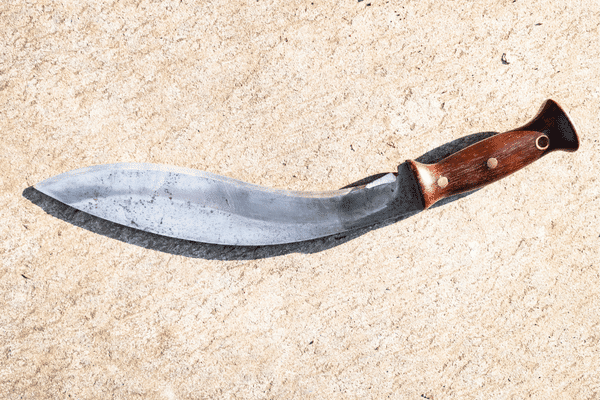The Spartan Helmet as a Technological Marvel: Unveiling the Secrets of Its Construction.
Introduction
The Spartan helmet stands as an iconic symbol of ancient warfare, renowned for both its formidable appearance and its innovative construction. Delving beyond its aesthetic appeal, this article aims to unravel the technological marvel that lies beneath the surface of the Spartan helmet, shedding light on the meticulous craftsmanship and engineering prowess that made it a revolutionary piece of protective gear.
The Birth of Innovation
In the annals of ancient warfare, the Spartans distinguished themselves not only for their prowess on the battlefield but also for their ingenuity in crafting armor. The Spartan helmet, a crucial component of their armor ensemble, was more than a mere adornment—it was a feat of technological innovation. Crafted during a time when metallurgy was still in its infancy, the Spartan helmet showcased an unprecedented understanding of materials and design.
Materials of Mastery
At the core of the Spartan helmet's construction lay the mastery of bronze—a material revered for its durability and malleability. Craftsmen of ancient Sparta skillfully manipulated sheets of bronze, forging them into the distinctive dome-shaped structure that would come to define Spartan headgear. The result was not just a piece of armor but a finely tuned balance of weight, strength, and protection.
The Corinthian Influence
The Spartan helmet drew inspiration from the Corinthian helmet, an earlier design characterized by its cheek guards, nasal protection, and distinctive horsehair crest. Spartans, ever the pragmatists, refined and improved upon this design, incorporating technological advancements that set their helmets apart on the battlefield. The cheek guards were extended for enhanced facial protection, and the nasal guard was often reinforced to withstand powerful blows.
Engineering for Vision and Ventilation
One of the most intriguing aspects of the Spartan helmet's construction was its thoughtful consideration of the wearer's comfort and practicality in battle. The helmet featured carefully crafted eye slits, providing an optimal balance between visibility and protection. Additionally, ingenious ventilation holes were strategically placed to ensure that Spartans could breathe comfortably during the heat of combat, dispelling the myth that ancient helmets were cumbersome and suffocating.
The Impact of Form on Function
Beyond its defensive capabilities, the Spartan helmet was a work of art that seamlessly merged form with function. The iconic crest, often made of horsehair or other materials, not only added a distinctive aesthetic but also served a practical purpose. It heightened the helmet's visibility on the battlefield, allowing Spartans to identify commanders and fellow warriors amidst the chaos of war.
Symbolism and Psychological Warfare
The Spartan helmet wasn't just a piece of equipment; it was a psychological weapon. The menacing appearance struck fear into the hearts of adversaries, and the distinctive plume served as a rallying point for Spartan warriors on the battlefield. The psychological impact of the helmet, combined with its technological sophistication, contributed to the overall aura of Spartan invincibility.
Legacy and Influence
The technological marvel of the Spartan helmet left an enduring legacy, influencing the design of helmets throughout history. Even as materials evolved from bronze to steel and beyond, the principles of form, function, and psychological impact laid down by the Spartans persisted. Modern military helmets, with their focus on protection, visibility, and communication, owe a debt to the ingenious craftsmanship of their ancient predecessors.
Conclusion
In unraveling the secrets of the Spartan helmet's construction, we find more than a piece of ancient armor. We discover a testament to human ingenuity, a fusion of art and technology that transcends time. The Spartan helmet wasn't just a protective shell; it was a reflection of a society's dedication to innovation, a symbol of a culture that valued both the aesthetic and the practical in the pursuit of military excellence. As we admire its design, we pay homage to the craftsmen of ancient Sparta who, with bronze and vision, forged a technological marvel that still captures our imagination today.
.png)



Comments
Post a Comment